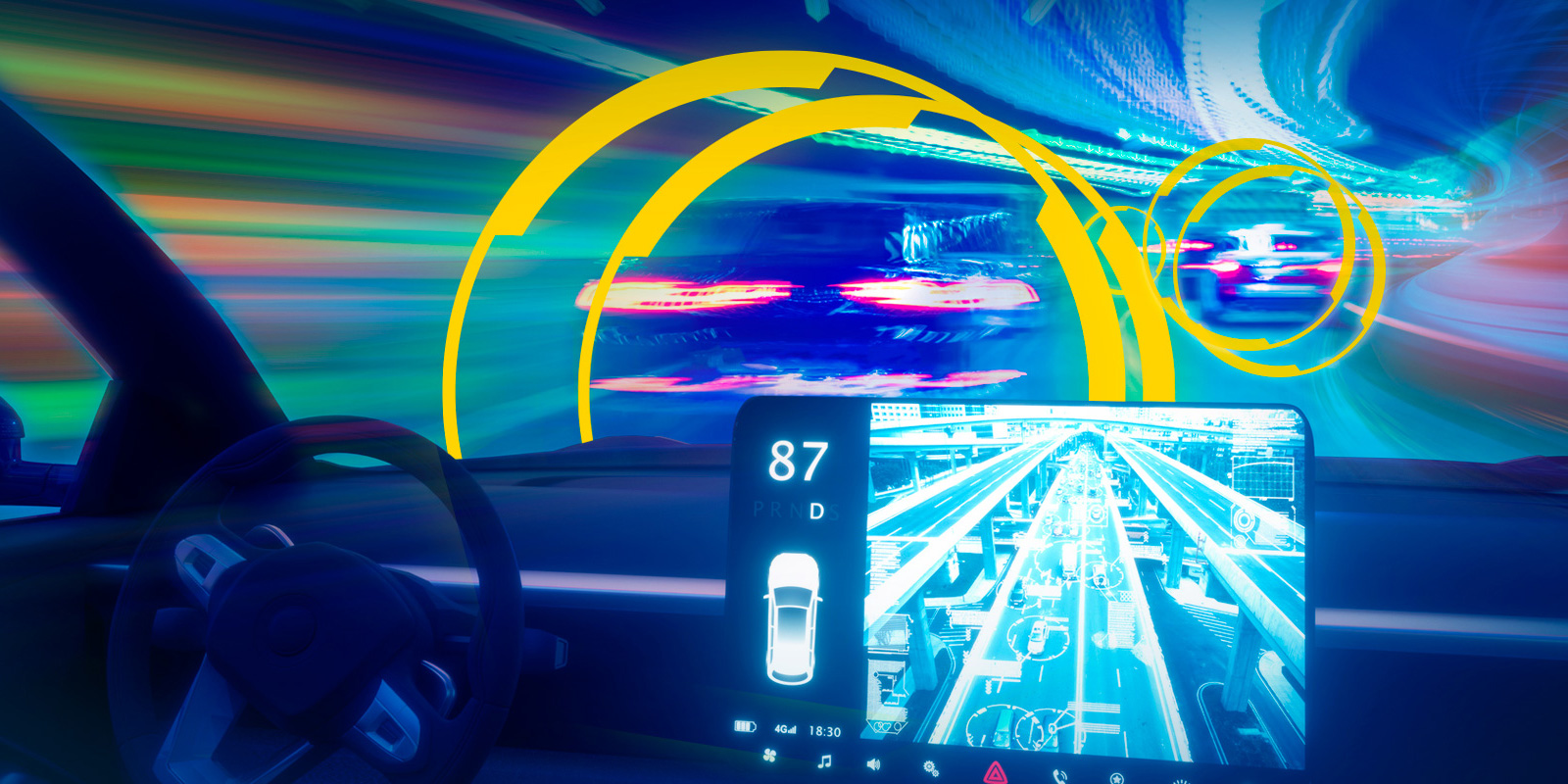
Secrets on the Road: Protecting Trade Secrets of Highly Automated Vehicles Against Public Disclosure
In Short
The Situation: Trade secrets are one of the primary mechanisms for highly automated vehicle ("HAV") technology providers to protect their hard-won intellectual property. But, new safety reporting requirements for HAV vehicle and equipment manufacturers and operators mandated by the National Highway Traffic Safety Administration's ("NHTSA") Standing General Order 2021-01 (the "Order") create a potential avenue for IP loss in the industry.
The Result: A company's failure to critically and carefully disclose proprietary information in complying with the Order's safety reporting requirements could negatively affect ownership, competition, and confidentiality of innovations in Automated Driving Systems ("ADS") and Advanced Driver Assistance Systems ("ADAS").
Looking Ahead: Given the increasing threats to the loss of trade secrets rights, industry stakeholders should proactively develop protocols that maximize their ability to protect mission-critical IP.
Trade Secrets in the HAV Industry
Trade secrets are invaluable in the HAV industry as its growth accelerates in the fast lane. HAV players defend their technology aggressively against competitors and departing employees who misappropriate trade secrets. HAV technology in recent trade secret actions ranges from Light Detection and Ranging systems and Autopilot-related source code to HD mapping, sensor fusion-based localization, and state machines. Concurrently, former employees have suffered criminal liability for stealing HAV trade secrets, including schematic drawings of a circuit board and images of autonomy architecture. Both civil and criminal litigation demonstrate the ways in which HAV players may protect against, and receive restitution for, misappropriation of their trade secrets.
Potential Loss of Trade Secrets Rights with the Order
On June 29, 2021, NHTSA issued the Order targeting 108 vehicle and equipment manufactures and operators of ADS and ADAS vehicles. The Order subjects these affected companies to 0–to–60 reporting obligations where they must file an incident report form (the "Form")—in some instances a single-day report—describing circumstances of a vehicle crash where ADS or ADAS was engaged prior to and through the end of a crash. This reporting may lead to follow-up requests for information by NHTSA and even defect investigations.
On August 5, 2021, NHTSA issued an amended Order providing "the new website and web-based reporting [F]orm." The Form includes three fields, denoted with a "CBI" (i.e., confidential business information) indication, that request submission of material that may be protected as a trade secret: (i) "ADAS/ADS VERSION"; (ii) "WAS VEHICLE WITHIN ITS ODD [(i.e. Operational Design Domain)] AT THE TIME OF THE INCIDENT?"; and (iii) "NARRATIVE."
CBI as defined in the regulations includes "trade secrets":
- A secret, commercially valuable plan, formula, process, or device that is used for the making, preparing, compounding, or processing of trade commodities and that can be said to be the end product of either innovation or substantial effort. 49 C.F.R. § 512.3(1).
Practically, affected companies may need to disclose CBI, such as information on the engagement of ADS or ADAS and its associated, confidential source code to meet reporting requirements for a vehicle incident.
Form submissions will, by default, be publicly accessible. While there is a mechanism for requesting confidential treatment for proprietary information, such as trade secrets, submitted in the CBI-designated fields of the Form, any submission of proprietary information should be approached with extreme care because once trade secrets are released to the public, absent unusual circumstances, they lose their trade secret protection. Incorrect submission of CBI or adverse determinations regarding its release to the public could be catastrophic to an entity.
Mechanism for Requesting Confidentiality for Trade Secrets
When submitting an incident report, affected companies may file a CBI claim for its or third-party CBI contained in that report. This CBI claim will initially shield the identified CBI from public access. But, even still, the reporting requirements contemplate that CBI-designated information might be released to the public in some circumstances.
NHTSA Chief Counsel initially determines the validity of a CBI claim within "a reasonable period of time" at its discretion, unless NHTSA receives a Freedom of Information Act ("FOIA") request for the CBI. Upon receipt of this request, the determination is to occur within 20 working days or 30 working days "in unusual circumstances" as provided under FOIA. 49 C.F.R. § 512.17.
An unfavorable determination by NHTSA Chief Counsel does not prevent affected companies from seeking redress. Affected companies may petition for reconsideration, and NHTSA's determination of that petition is administratively final. Then, even if NHTSA denies the petition, affected companies have the final option of seeking a court order directing the agency not to release the CBI.
Nonetheless, NHTSA might still disclose CBI—despite a favorable CBI determination—if it concludes that public interest outweighs trade secret protection with regard to a safety defect or noncompliance with safety standards, among other reasons. See 49 C.F.R. § 512.23(a). At that point, affected companies will only receive the opportunity to comment on NHTSA's disclosure of its CBI.
Protecting IP and Keeping Secrets Secret
Affected companies should engage counsel to take a proactive, multifaceted approach in protecting their propriety information against public disclosure generally and NHTSA disclosure specifically. Developing a compliance process to effectively respond to the Order and any future government requests for propriety information is critical. The process should include controls to ensure that CBI disclosures are narrowly tailored to the reporting requirements of a particular instance, so only the minimum amount of trade secret material necessary is put at risk. To accomplish this, internal reviewers must be appropriately trained to keep their hands on the wheel at all times to be ready for sudden reporting requirements. Due to the lack of guaranteed protection for CBI, affected companies should also consider whether the Order adjusts the patent/trade secret decision calculus for some of their HAV innovations.
Four Key Takeaways
- HAV industry players are on alert, and should remain so, for threats of loss of trade secret protection from competitors, former employees, and government oversight.
- New NHTSA reporting requirements associated with HAV incidents provide a new threat vector for trade secret loss.
- While the reporting requirements provide some mechanisms for protecting CBI, those protections are not guaranteed despite compliance with the Order and the filing of a CBI claim.
- Counsel should be engaged to (i) assist in implementing company policies, procedures, and practices to maximize protection of propriety information internally and externally in the face of NHTSA reporting requirements; and (ii) effectively comply and respond to the Order when incidents arise.





